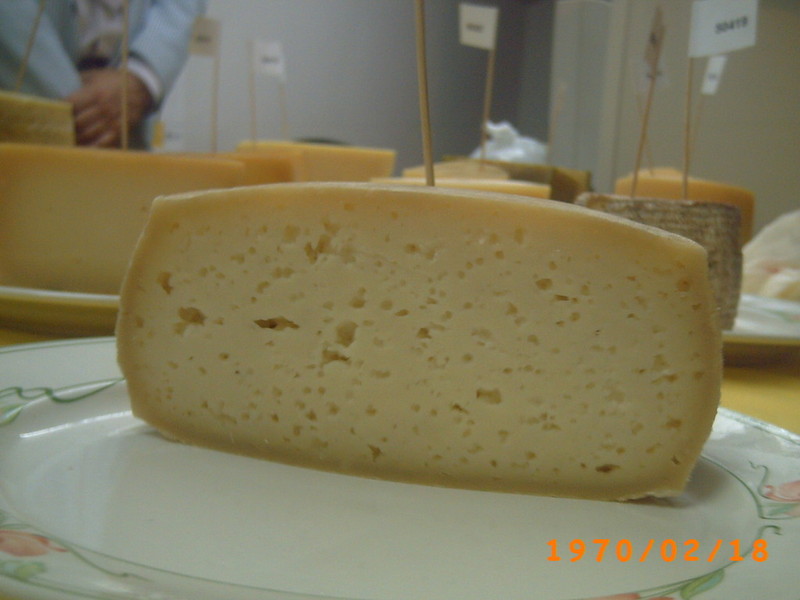Cheese quality is determined by fundamental characteristics such as: color, aroma, consistency, texture and general appearance;
Therefore, cheese defects are due to the deterioration of some of these characteristics according to the different types of cheese, which cause them to lose their quality and sometimes make them unfit for consumption, as they lose their organoleptic characteristics.
It is important to point out that some characteristics that are considered defects in one type of cheese are very desirable qualities in other types of cheese, such is the case of cheeses with certain molds (blue, white, among others) on the surface of ripened cheeses, which allow them to be identified and their quality to be evaluated. not suitable for consumption.
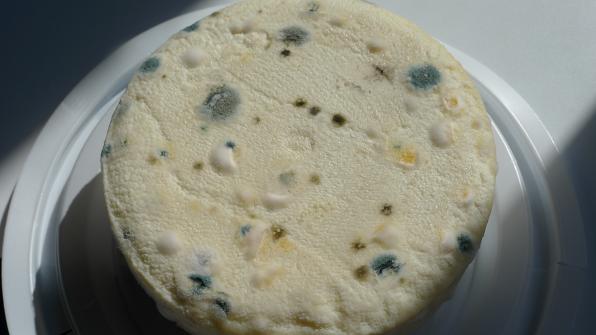
Defects in cheeses are due to different causes, among which the following stand out:
– Abnormal fermentations caused by microbiological contamination of the milk of origin, or by contamination during processing or maturation.
– Errors in handling during the manufacturing process, inadequate storage conditions.

Among the most frequent defects in cheeses are:
- Swelling, caused by microbiological fermentations with high gas production, causing the appearance of irregular eyes and bulging. If the swelling is early, it may appear on the same day of processing and is due to contamination by coliform bacteria; if it is late, it will appear several days after processing and is due to contamination by butyric bacteria.
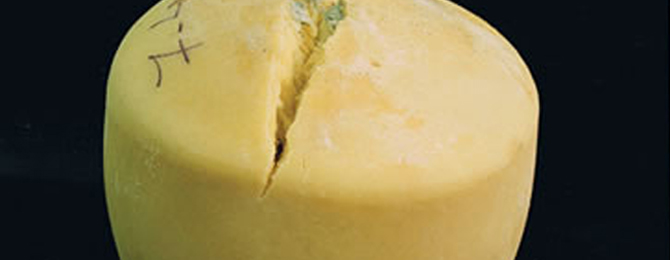
- Putrefaction: this is due to the contamination of undesirable microorganisms and pathogens that cause a foul odor.
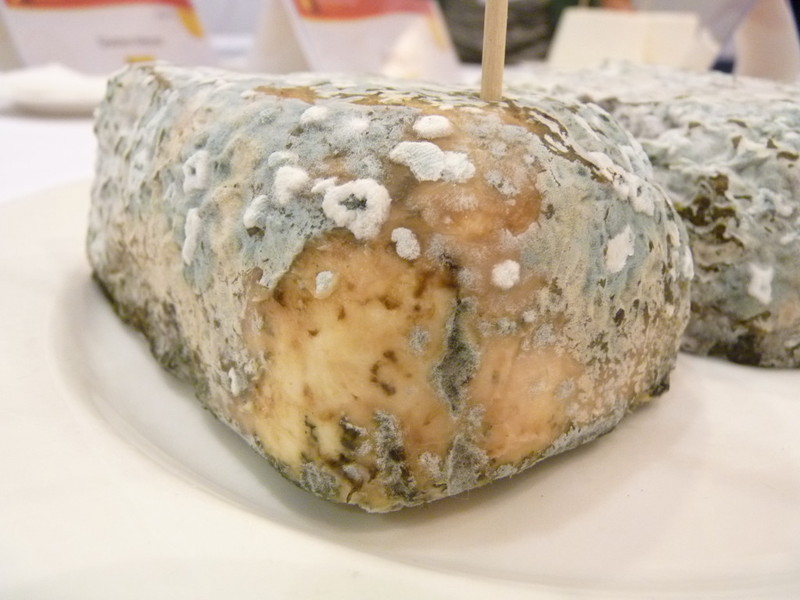
- Rind defects: cause pigments or discolorations and are due to storage problems, due to inadequate ventilation, temperature and humidity conditions.
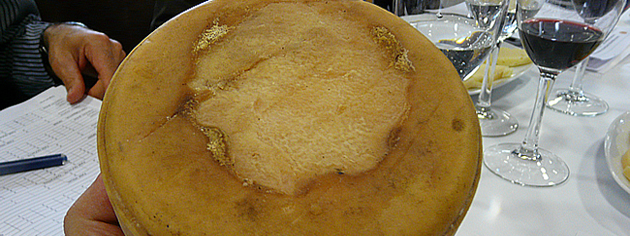
- Body and texture defects caused by poor management and control of variables at different stages of the production process.
